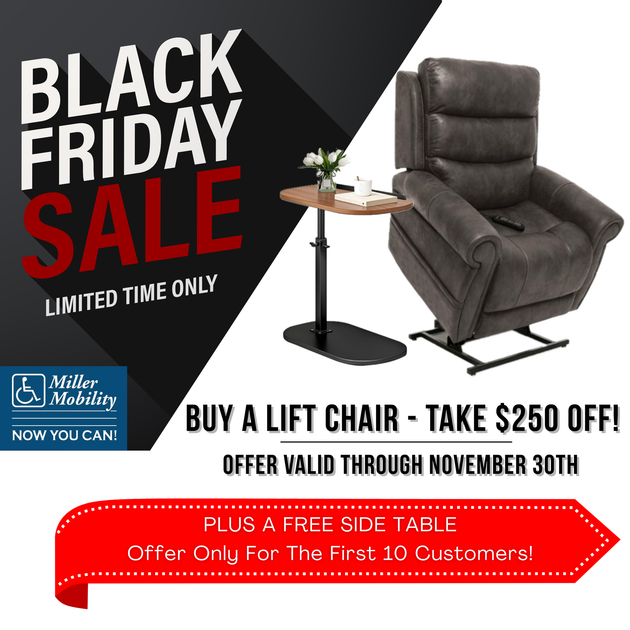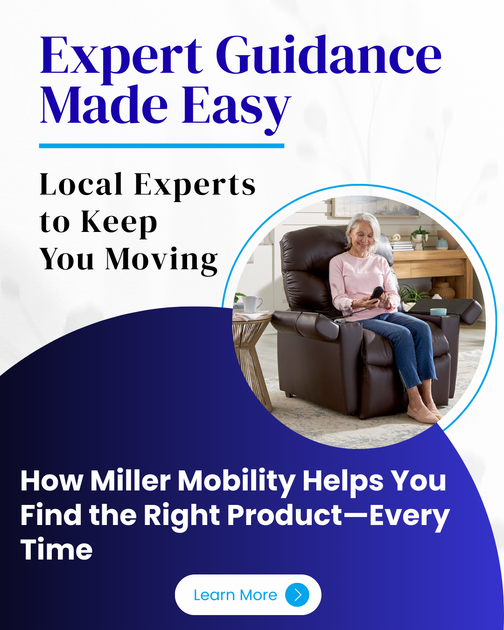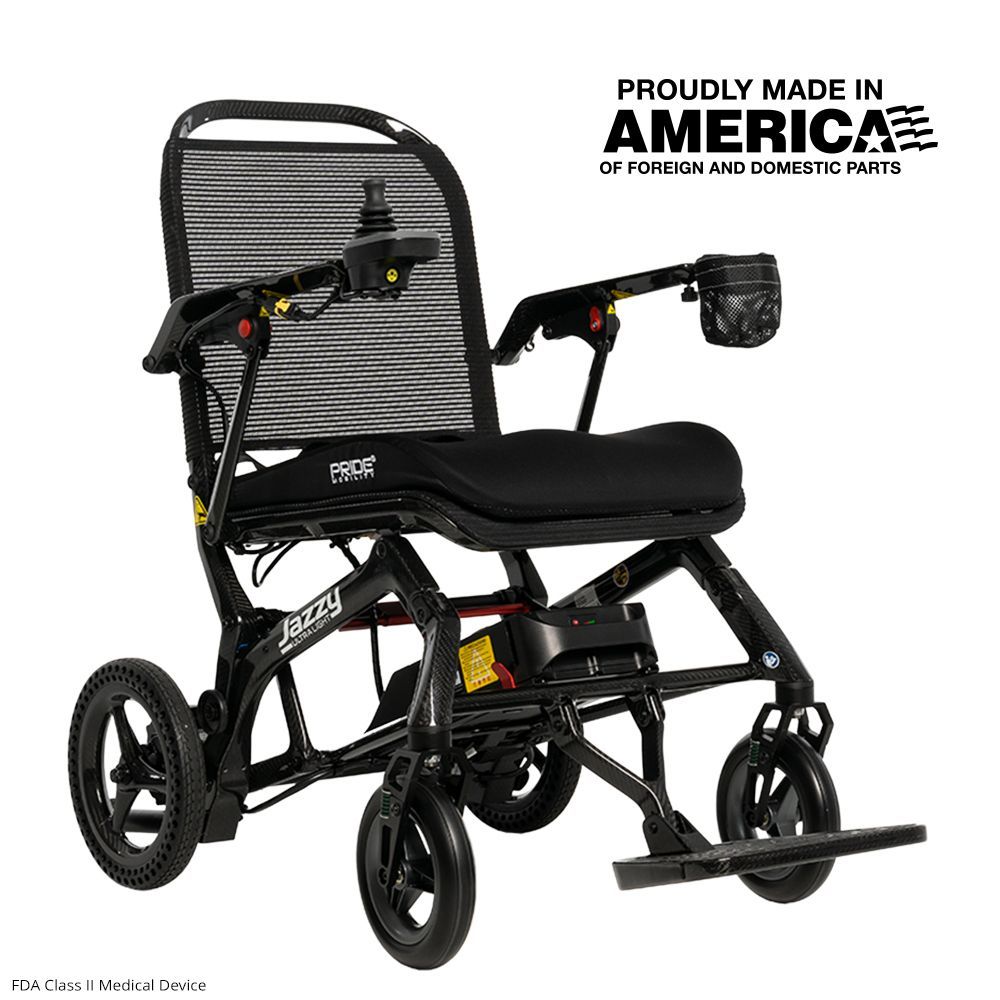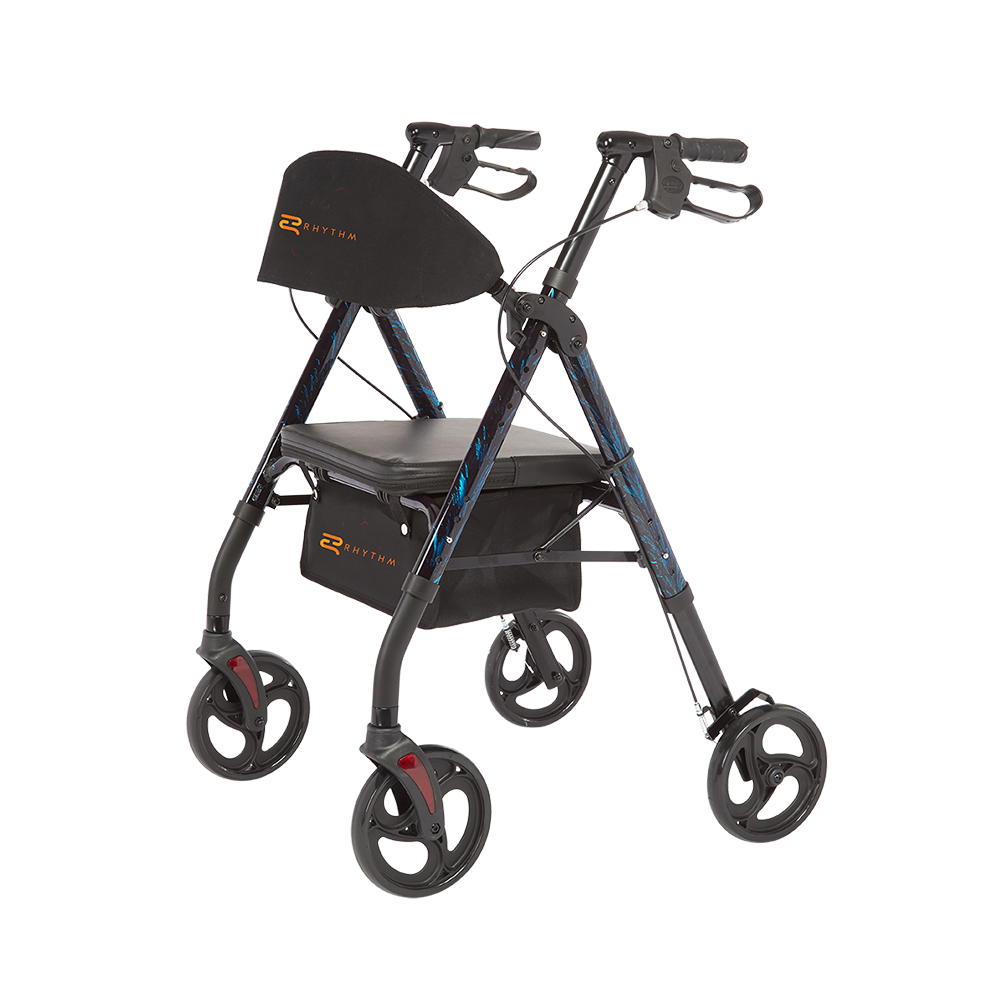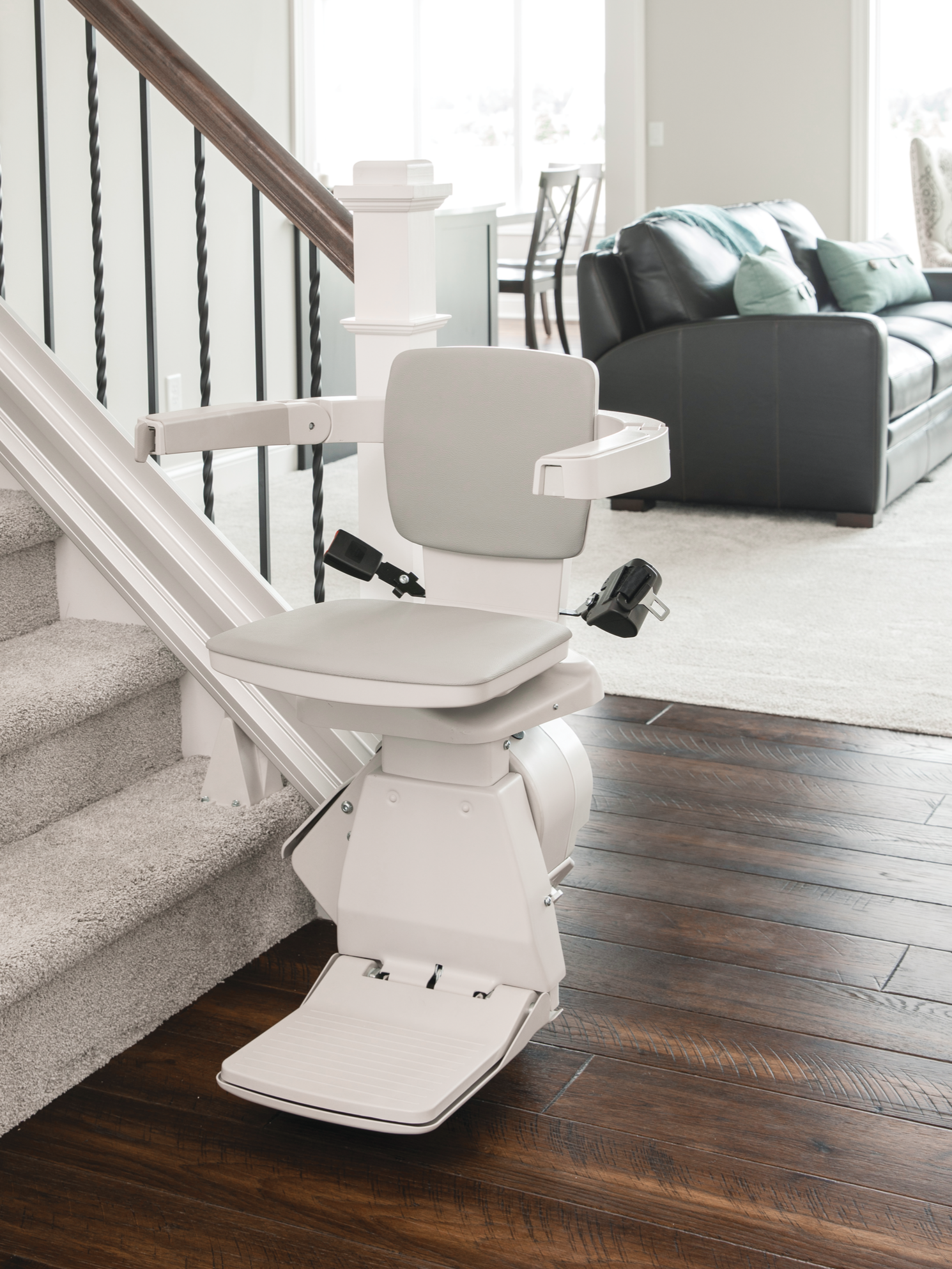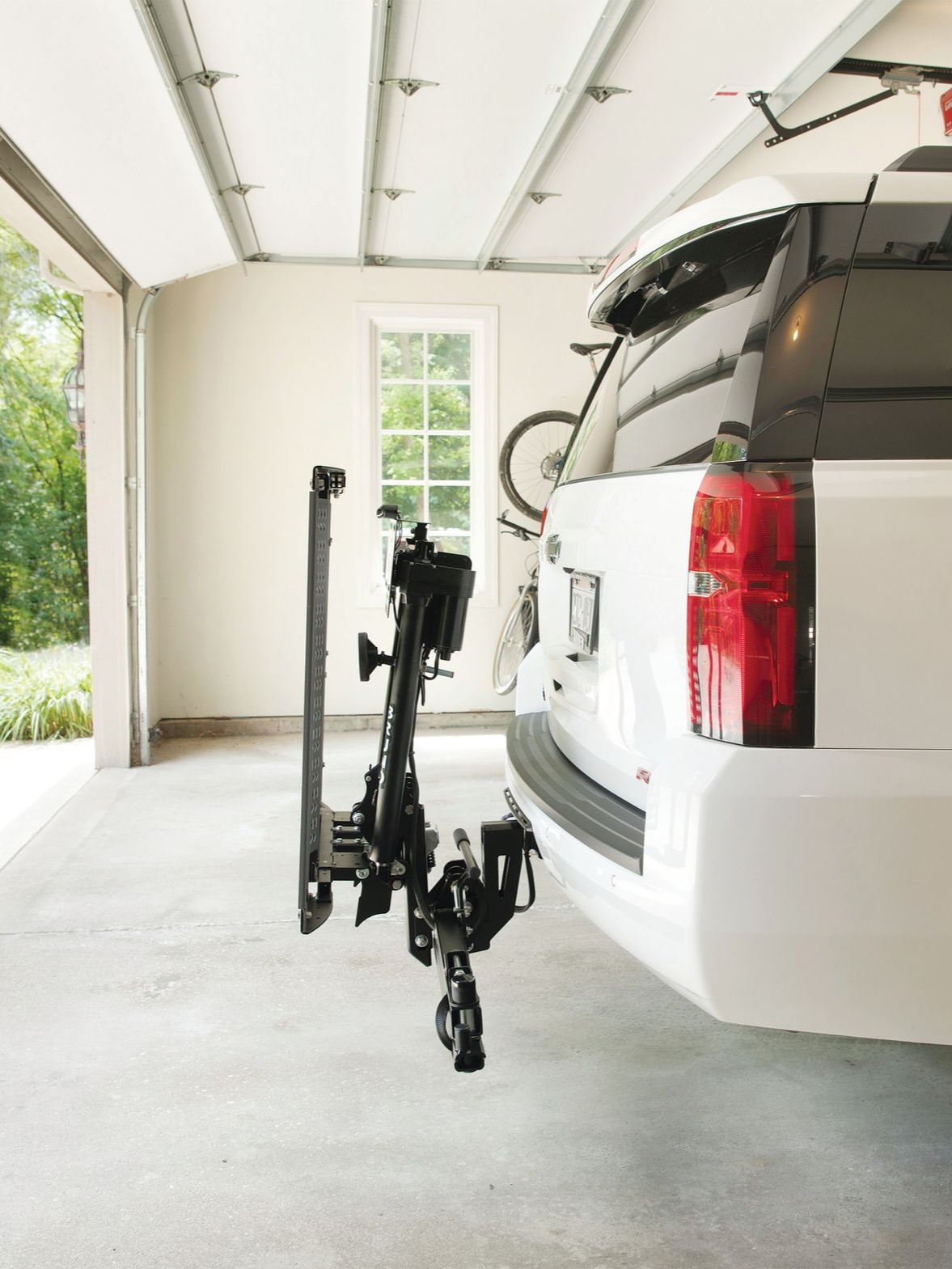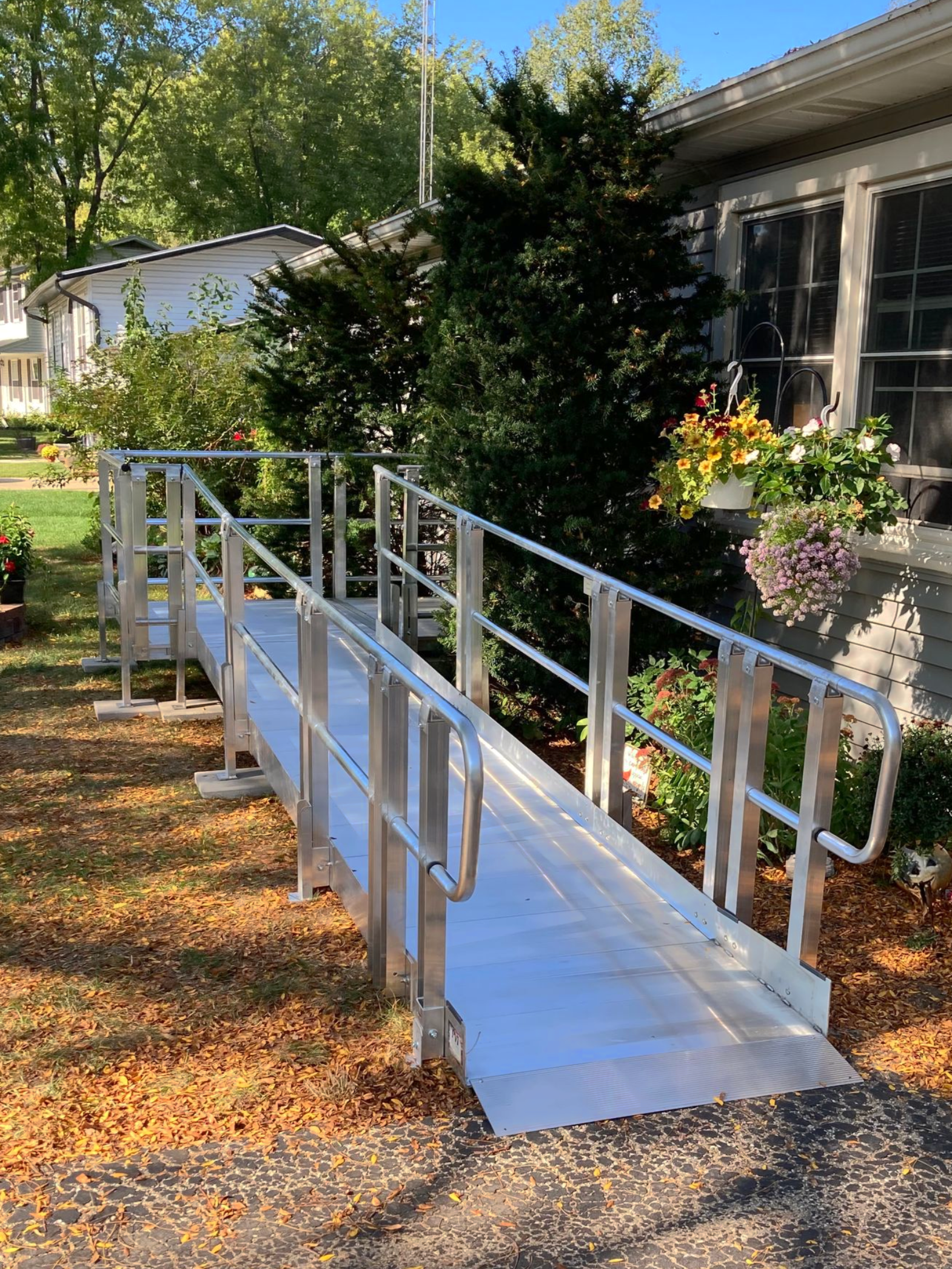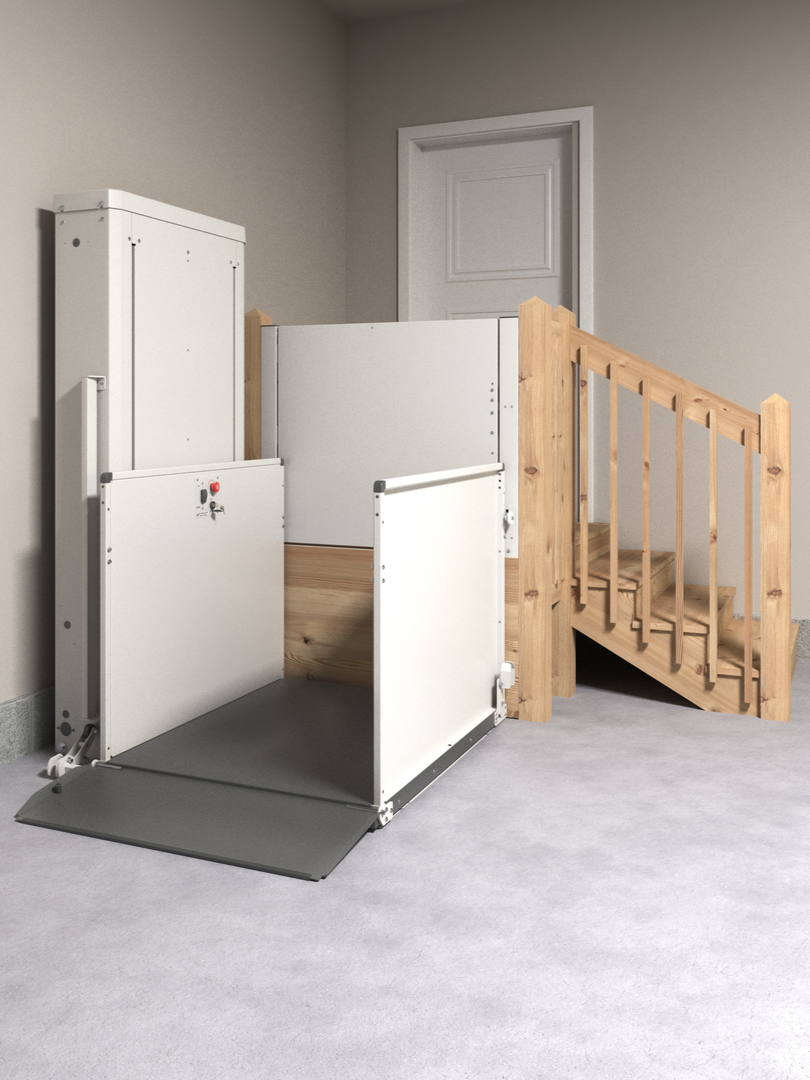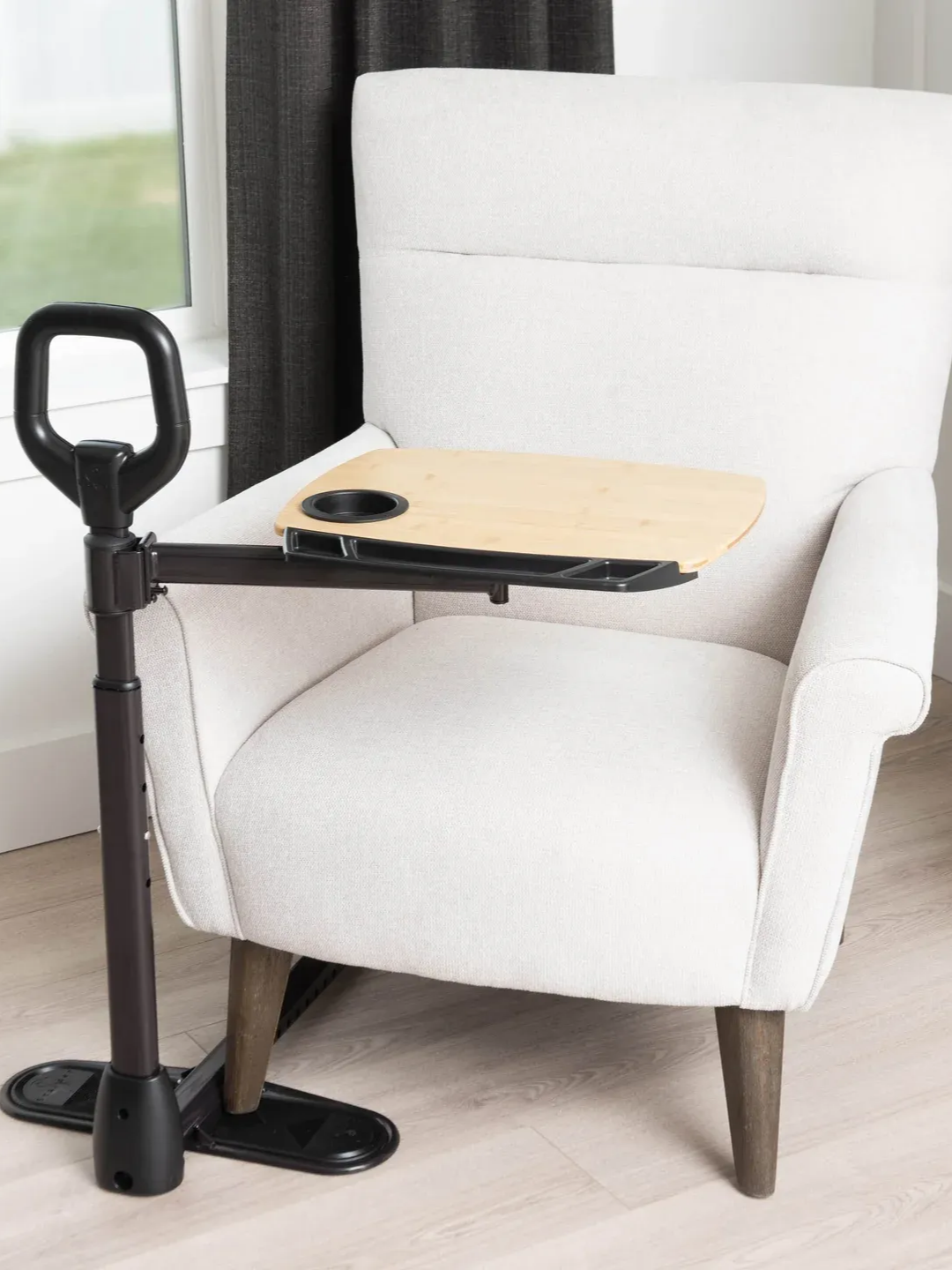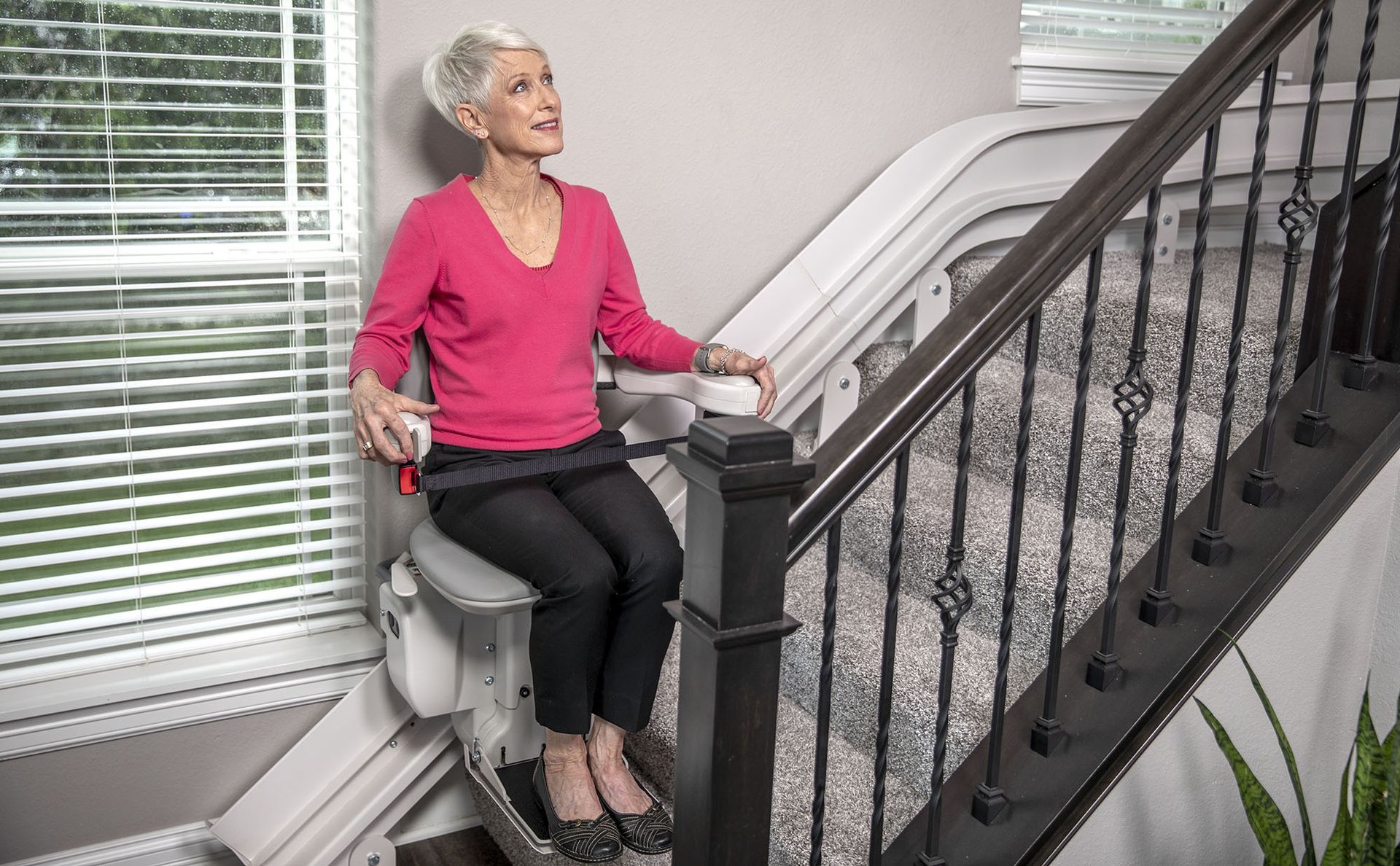EXPLORING MOBILITY: INSIGHTS, TIPS & INNOVATIONS
WE RENT MEDICAL EQUIPMENT AND SUPPLIES
Did you know Miller Mobility offers rentals of wheelchairs, scooters, stairlifts, lift chairs, patient lifts, ramps, medical supplies and walkers? We serve Oconomowoc, Milwaukee and all of Southeast Wisconsin. Rentals are available for a week, day, or month!
PREFERRED PROVIDER FOR
THESE PROGRAMS:

If you’re in need of durable medical equipment or mobility aids, these state funded programs, IRIS, CLTS, ILSP, and ADRC may be able to help cover the costs if you’ve had trouble affording them on your own. Our company works with these programs - iLife, Wisconsin Department of Health Services (WDHS), ADRC - to make sure you can access the equipment you need. By partnering with your case manager or program coordinator, they can help you navigate the process and determine if you’re eligible for funding.
STAIRLIFTS FOR VETS
We at Miller Mobility Products are committed to provide an affordable stairlift solution to help WI Veterans navigate their homes safely. We remain dedicated to delivering equipment that empowers our veterans with the freedom they deserve, and strive to make meaningful differences in the lives of our veterans. Learn how veterans can save on mobility products.


